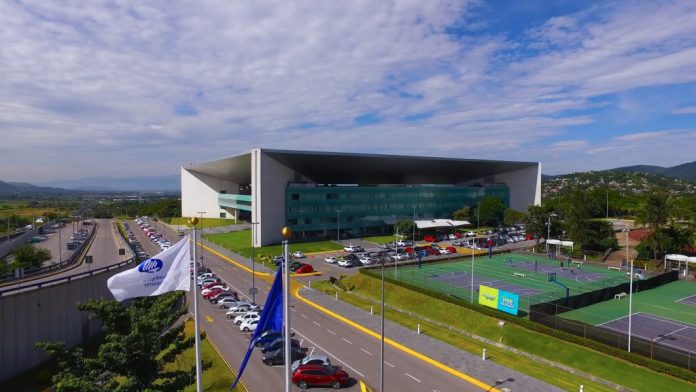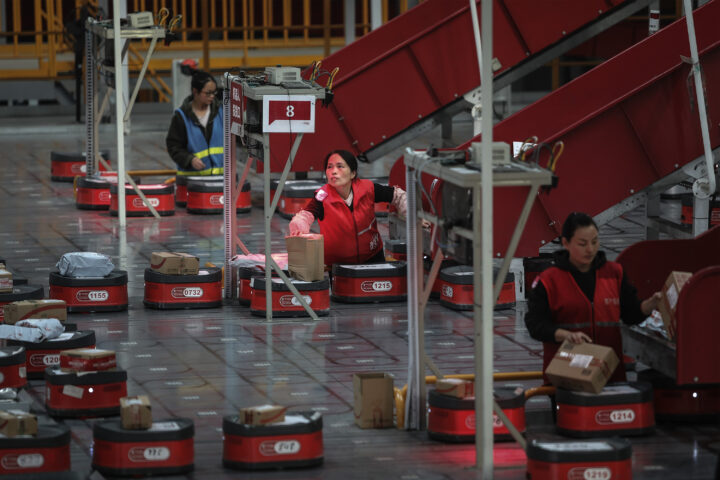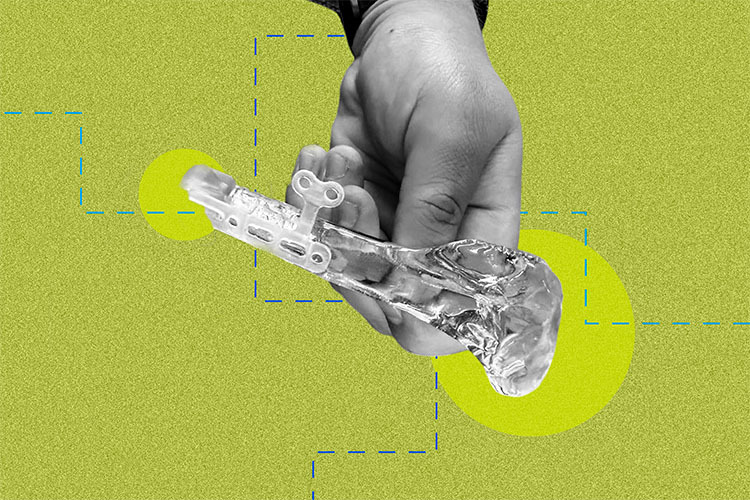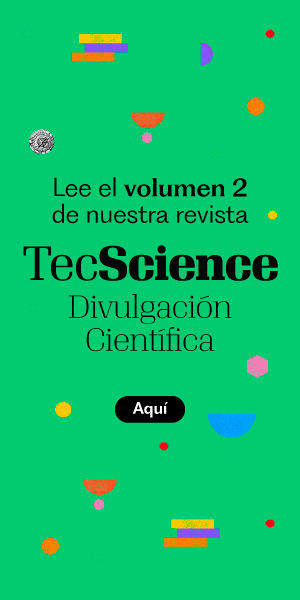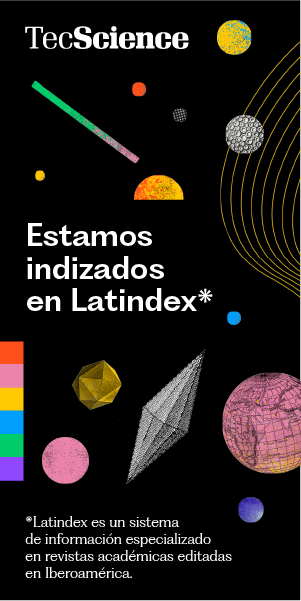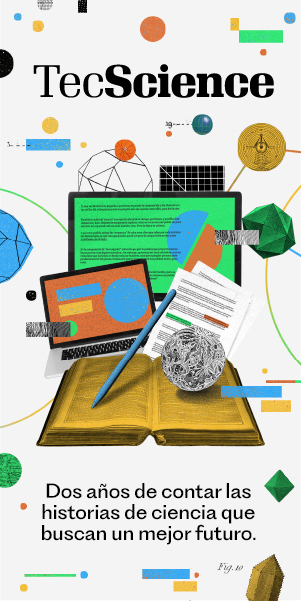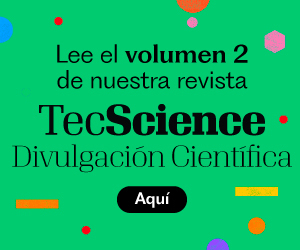Several truck drivers tested the prototype across different regions of Mexico. Their routes generated data validating the Michelin tire prototype and its potential fuel savings. This evaluation was part of a joint research project between Tec de Monterrey and Michelin Mexico.
Tec Develops Real-World Methodology to Measure Fuel Efficiency
Juan Carlos Tudón, a researcher in the Mechatronics Department at the School of Engineering and Sciences (EIC) at Tec and project lead of the Fuel Consumption Evaluation of Michelin Prototype Tires project, explains that the goal was to develop a methodology by leveraging telemetry data provided by Michelin to estimate total operating cost and fuel savings of tractor-trailers equipped with the new prototype tire under actual driving conditions.
“Michelin typically develops its new tire prototypes at its research centers in Europe, where they run controlled test tracks with specialized equipment,” the expert explained. “In the case of this prototype, they had already conducted experiments in Colombia and Brazil, but only with a single fleet, a few trucks, and very controlled routes. What they were looking for was a fully real-world, uncontrolled test. Here in Mexico, together with Tec researchers, we ran it with three fleets on different routes, with varying weights and conditions.”
As a result, tractor-trailers with the Michelin tire reduced operating costs by 3.46%, saving one liter of diesel every 86.8 km. Furthermore, with the Driver Assistance Module, efficiency rose 12.7%, saving one liter of fuel per 22.8 km.
Octavio Cruz, Product Operations Manager at Michelin Mexico, noted that the goal was to develop a low rolling resistance tire to optimize fuel consumption and ensure durability and mileage.
“We needed a prestigious educational institution to analyze the data and deliver objective, trustworthy results. If they were good, great; if not, that was fine too. What mattered most was having impartial and reliable results,” he added.
AI Helps Assess Real-World Tire Performance
For the evaluation, the team analyzed 67 variables, including speed, type of cargo, distance traveled, routes, vehicle type, and outside temperature.
Michelin’s Connected Fleets telemetry and management system collected real-world data as onboard sensors transmitted it automatically in real time.
The experiment involved 20 tractor-trailers representing three different fleets operating in key freight sectors, including parcel delivery and refrigerated food transport. The vehicles were monitored over the course of a year, covering approximately 100,000 kilometers—across roughly 85% of Mexico’s territory. Half of the trucks used the Michelin prototype tires, while the other half ran on reference tires.
To analyze the data, the team developed a statistical methodology enhanced with machine learning. They used the K-means clustering algorithm—a type of unsupervised machine learning that groups data based on similarities—along with principal component analysis to identify performance patterns across the tractor-trailers.
From 67 variables, 16 key indicators were selected and grouped into five categories: performance (vehicle efficiency and diesel consumption), load and productivity, driving style, vehicle specs, and environment.
Testing Tires Under Real Operating Conditions
“The main challenge was comparing the performance of trucks equipped with Michelin tires against those with reference tires, despite the wide variability in routes, cargo, and drivers,” explains Tudón. “To overcome this, we compiled a comprehensive database and applied AI-based data analysis. By using a clustering algorithm, we were able to filter the data down and identify highly similar samples between one tire and the other.”
Think of two people climbing different mountains: the analysis ignores the first and last meters, focusing on comparable middle segments. This allows fair tire comparisons across different routes.
Two evaluations were conducted: blind mode (drivers unaware) and assisted mode with real-time alerts. Assisted mode alone improved efficiency by 12.7% for trucks with the prototype tire.
Tec-Michelin Collaboration Brings Industrial and Academic Value
Ricardo Rodríguez, brand manager at Michelin, emphasized how this research project proves that science and business can create real value when they work hand in hand.
“Collaboration between industry and academia should happen consistently—not just on isolated projects,” says Rodríguez. “In Mexico, we have everything we need to make it happen: education, institutions, knowledge, and most importantly, talent. If we bring all that together in a coordinated way, we can achieve powerful results like this one.”
Michelin Mexico and Tec de Monterrey already had an established relationship, particularly with investigators at the Querétaro campus. For this project, they once again turned to academic support, enlisting professors with expertise in vehicle dynamics and transportation. “The Tec team not only had the skills we were looking for—they had much more. I was truly impressed by their level of statistical analysis, using specialized tools like the MATLAB numerical computing system,” adds Octavio Cruz.
For the Tec faculty members, beyond verifying fuel savings, the project also reflects a positive environmental impact. By reducing diesel consumption, the project also lowers greenhouse gas emissions and supports the company’s sustainability goals. “It’s a contribution to society, to the industrial sector, and indirectly, to the environment,” they conclude.
Were you interested in this story? Do you want to publish it? Contact our content editor to learn more about marianaleonm@tec.mx


